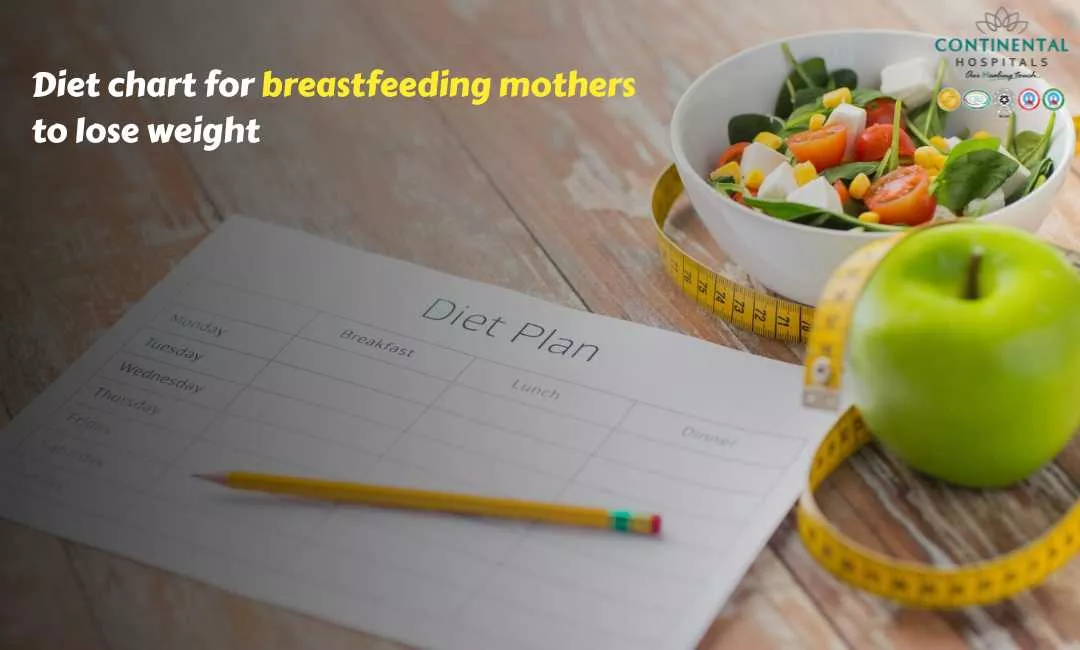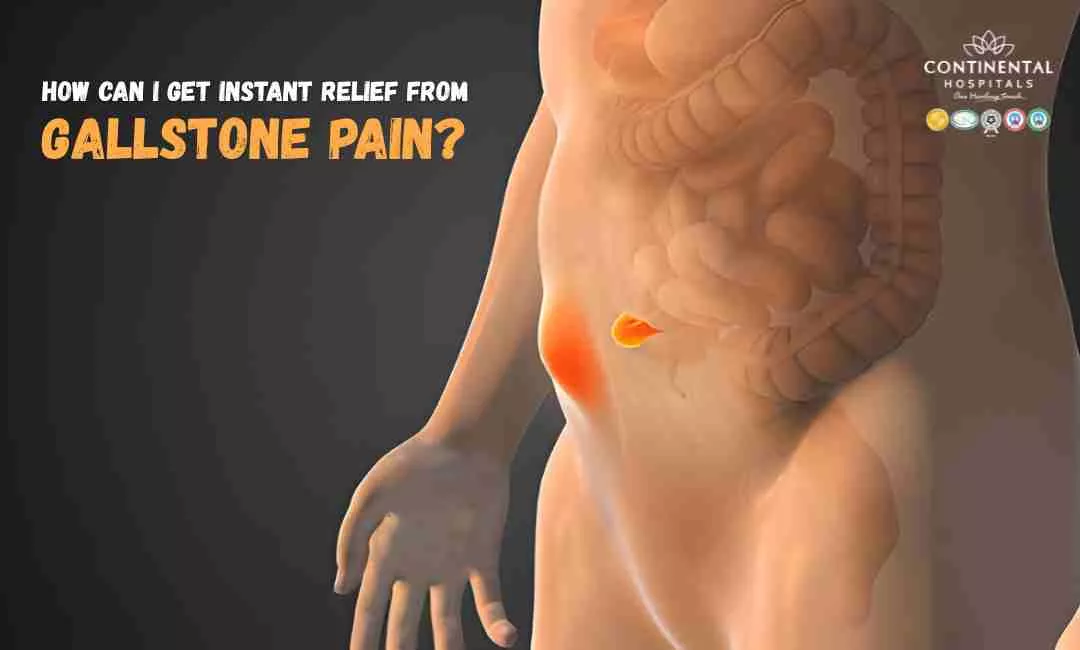In the modern era of sedentary lifestyles and processed foods, maintaining heart health has become increasingly important. One of the key factors in heart health is cholesterol, a waxy substance found in the blood. High levels of cholesterol, especially low-density lipoprotein (LDL) cholesterol, can increase the risk of heart disease and stroke. Fortunately, exercise has been shown to have a significant impact on cholesterol levels and overall heart health. In this comprehensive guide, we will explore the various ways in which exercise influences cholesterol and discuss the importance of physical activity in maintaining a healthy heart.
So, What's Cholesterol?
Cholesterol is a waxy substance produced by the liver and obtained through certain foods. While it is essential for various bodily functions, such as cell membrane structure and hormone synthesis, excessive levels of cholesterol, particularly low-density lipoprotein (LDL) cholesterol, can lead to plaque buildup in the arteries, increasing the risk of heart disease and stroke.
Types of Cholesterol:
Cholesterol travels through the bloodstream in packages called lipoproteins. The two primary types of lipoproteins involved in cholesterol transport are low-density lipoprotein (LDL) and high-density lipoprotein (HDL). LDL cholesterol, often dubbed "bad" cholesterol, carries cholesterol particles throughout the body, depositing them in the arterial walls. In contrast, HDL cholesterol, known as "good" cholesterol, scavenges excess cholesterol from the bloodstream, transporting it back to the liver for elimination.
Relation Between Exercise and Cholesterol:
Regular physical activity plays a pivotal role in modulating cholesterol levels and promoting heart health through various mechanisms:
Increasing HDL Cholesterol: Exercise has been shown to elevate levels of HDL cholesterol, which helps remove LDL cholesterol from the arteries, thus reducing the risk of atherosclerosis and cardiovascular disease.
Lowering LDL Cholesterol: Physical activity can help lower levels of LDL cholesterol, the primary culprit in the development of arterial plaque. By enhancing the uptake of LDL particles by the liver and promoting their breakdown, exercise helps mitigate the buildup of cholesterol in the arteries.
Improving Triglyceride Levels: Triglycerides, another type of fat in the blood, are closely linked to cholesterol levels and cardiovascular health. Regular exercise helps reduce triglyceride levels, further reducing the risk of heart disease.
Enhancing Lipoprotein Particle Size: Exercise has been shown to favorably alter the size and composition of lipoprotein particles, promoting larger, less dense LDL particles that are less prone to arterial plaque formation.
Promoting Weight Management: Obesity and excess body weight are significant risk factors for high cholesterol and heart disease. Exercise aids in weight management by burning calories, increasing metabolism, and preserving lean muscle mass, thereby reducing the risk of obesity-related dyslipidemia.
Role of Exercise Intensity and Duration:
Exercise Intensity:
a. High-intensity exercise: High-intensity interval training (HIIT) and vigorous aerobic activities elevate heart rate and breathing to a level where it becomes challenging to sustain the activity for an extended period. HIIT involves alternating short bursts of intense exercise with brief recovery periods. Studies have shown that HIIT can lead to significant improvements in cholesterol levels, including reductions in LDL cholesterol and increases in HDL cholesterol, in a relatively short amount of time.
b. Moderate-intensity exercise: Activities such as brisk walking, cycling at a moderate pace, or swimming fall into this category. Moderate-intensity exercise elevates heart rate and breathing to a level where conversation is still possible but somewhat challenging. This type of exercise is sustainable for longer durations and provides substantial benefits for heart health, including lowering LDL cholesterol and improving overall cardiovascular function.
c. Low-intensity exercise: Light activities like leisurely walking or gentle stretching exert minimal stress on the cardiovascular system. While low-intensity exercise may not directly impact cholesterol levels to the same extent as higher intensities, it still contributes to overall physical activity levels and can be beneficial for individuals with mobility issues or those starting a fitness regimen.
Exercise Duration:
a. Short-duration exercise: Short bouts of exercise, lasting less than 30 minutes, can still confer health benefits, especially when performed at higher intensities. HIIT sessions, for example, typically last between 10 to 30 minutes but can yield significant improvements in cardiovascular fitness and cholesterol levels due to their intensity.
b. Moderate-duration exercise: Workouts lasting between 30 to 60 minutes fall into this category. Moderate-duration exercise allows individuals to achieve a balance between intensity and sustainability, making it suitable for improving cardiovascular health and managing cholesterol levels over time.
c. Long-duration exercise: Endurance activities like long-distance running, cycling, or swimming sessions lasting over an hour challenge the body's cardiovascular system and endurance capacity. While these activities may not be feasible for everyone, they can lead to substantial improvements in cardiovascular fitness and may contribute to favorable changes in cholesterol profiles, particularly when performed consistently over time.
Types of Exercise:
Various forms of exercise can contribute to improved cholesterol levels and cardiovascular health:
Aerobic Exercise: Activities such as brisk walking, running, cycling, swimming, and dancing elevate heart rate and breathing rate, promoting cardiovascular fitness and lipid metabolism.
Resistance Training: Strength training exercises, using weights or resistance bands, help build muscle mass and increase metabolism, contributing to better cholesterol management and overall heart health.
High-Intensity Interval Training (HIIT): HIIT involves alternating short bursts of intense exercise with brief recovery periods. This approach is particularly effective in improving lipid profiles and cardiovascular fitness.
Flexibility and Balance Exercises: While primarily targeting flexibility and balance, activities like yoga and tai chi can still provide cardiovascular benefits and contribute to overall well-being.
Practical Tips to include Exercise into Your Routine:
Making exercise a regular part of your lifestyle doesn't have to be daunting. Here are some practical tips to help you get started and stay motivated:
Find activities you enjoy: Choose activities that you find enjoyable and sustainable to increase adherence to your exercise regimen.
Set realistic goals: Start with achievable goals and gradually increase the intensity and duration of your workouts as your fitness level improves.
Schedule exercise sessions: Treat exercise like any other important appointment by scheduling it into your daily routine.
Mix it up: Incorporate a variety of exercises to keep your workouts interesting and prevent boredom.
Stay consistent: Consistency is key to reaping the long-term benefits of exercise. Aim for regular, weekly workouts to maintain momentum and see results.
Exercise is a potent prescription for maintaining optimal cholesterol levels and promoting heart health. By incorporating regular physical activity into your lifestyle, you can elevate HDL cholesterol, lower LDL cholesterol, and reduce the risk of cardiovascular disease. Whether you prefer brisk walks, strength training, or yoga sessions, the important thing is to find activities that you enjoy and can stick with over the long term. With dedication and consistency, exercise can be your most powerful ally in the journey toward a healthier heart and a happier life.
Related Blog Topics:
.webp)














